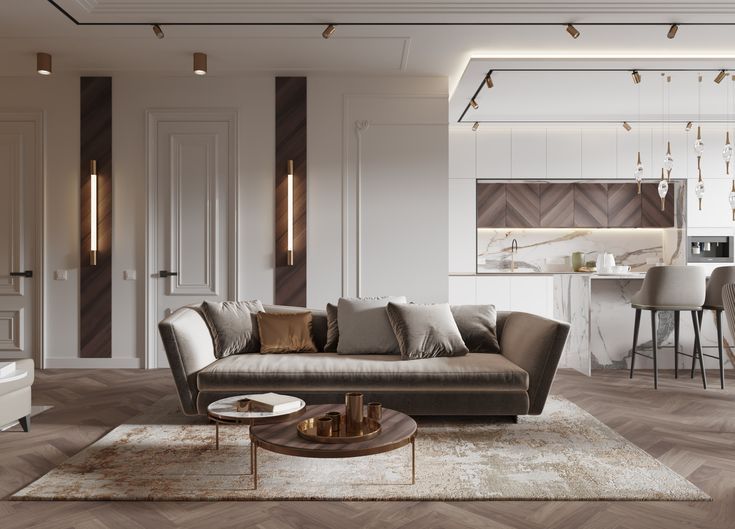Introduction: Building a house involves a significant investment, not only financially but also emotionally. It’s not just a property; it becomes a dream realized after years of hard work. Once the construction phase starts, we often feel compelled to choose the best materials, colors, and designs for our homes. But how do we make the right decisions when it comes to wall paneling, ceiling materials, and the best finishes? The answer lies in hiring an interior designer, but there’s a common misconception that hiring one will stretch your budget. In this blog, I’ll share the benefits of hiring an interior designer, how to go about it, and when the best time to hire one is.
Why Should You Hire an Interior Designer?
An interior designer has a wealth of knowledge and experience. While you may be building your home for the first time, an interior designer has likely worked on many projects, staying updated on the latest materials, trends, and finishes. They not only bring knowledge of design but also ensure that the materials chosen are durable and functional for everyday use.
Interior designers take into account your family’s needs, preferences, and lifestyle, making sure your home is personalized to suit your requirements. From the choice of colors to furniture placement, they create a home that is not just aesthetically pleasing but also practical and comfortable.
When Should You Hire an Interior Designer?
- During the Early Stages of Construction: It’s ideal to hire an interior designer as early as possible. Once your house’s external walls are up and the internal walls are about to be constructed, an interior designer can help with planning and layout adjustments, such as converting a 4BHK into a 3BHK or changing flooring options. This prevents unnecessary demolition and helps save time and money.
- After Possession: If your home is near completion, hiring an interior designer a few months before possession can ensure that everything is ready for you to move in. They can prepare working designs and layouts, which can be shared with contractors to begin execution right after you get the keys.
The Process of Working with an Interior Designer
Here’s what the typical process looks like when working with an interior designer:
- Planning and Layout: The first step is discussing your requirements with the designer, who will prepare a layout that includes the placement of furniture, electrical outlets, and other essential elements. This ensures that everything in your home serves both functional and aesthetic purposes.
- Ceiling Design: The ceiling is a crucial aspect of interior design. A false ceiling not only hides wires but also creates an opportunity for indirect lighting, enhancing the room’s mood. The designer will plan the ceiling design and lighting strategy, balancing area lighting, mood lighting, and task lighting.
- Material Selection: Once the design is approved, it’s time to choose materials. The designer will assist you in selecting the best materials that suit your design and budget, ensuring that everything from flooring to wall finishes is cohesive.
- Decoration and Furnishings: After the structural design is complete, it’s time to focus on decoration. Soft furnishings such as bed sheets, curtains, cushions, and decor items like planters or artwork play a big role in making your house feel like a home. The designer will help select pieces that match your style and the overall theme.
- Working Drawings and Execution: The technical drawings and blueprints are created during this stage. They serve as a guide for contractors and vendors, ensuring the accurate execution of the design. These detailed drawings include all measurements and material specifications.
- Final Touches: Once the basic design is executed, the final touches are made. This includes ensuring everything from light fixtures to furniture placement is done according to plan, creating a harmonious and functional living space.
What to Prepare Before Hiring an Interior Designer?
Before hiring a designer, it’s essential to have the following ready:
- Floor Plan: A digital or hand-drawn floor plan with accurate dimensions will help the designer visualize your space.
- Budget: A rough budget estimate will allow the designer to tailor their suggestions to fit your financial limits.
- Personal Preferences: Whether you prefer a modern, contemporary, or traditional style, make sure to communicate your vision.
- List of Requirements: Discuss your needs with your family members, and list out essential features like home office space or elderly-friendly furniture.
Conclusion
Hiring an interior designer is a valuable investment in your home. It ensures that every detail, from layout and furniture to lighting and finishes, is carefully considered. Whether you’re in the early stages of construction or preparing to move in, working with a designer can make the entire process smoother, saving you time and money while creating a space that truly feels like home.

